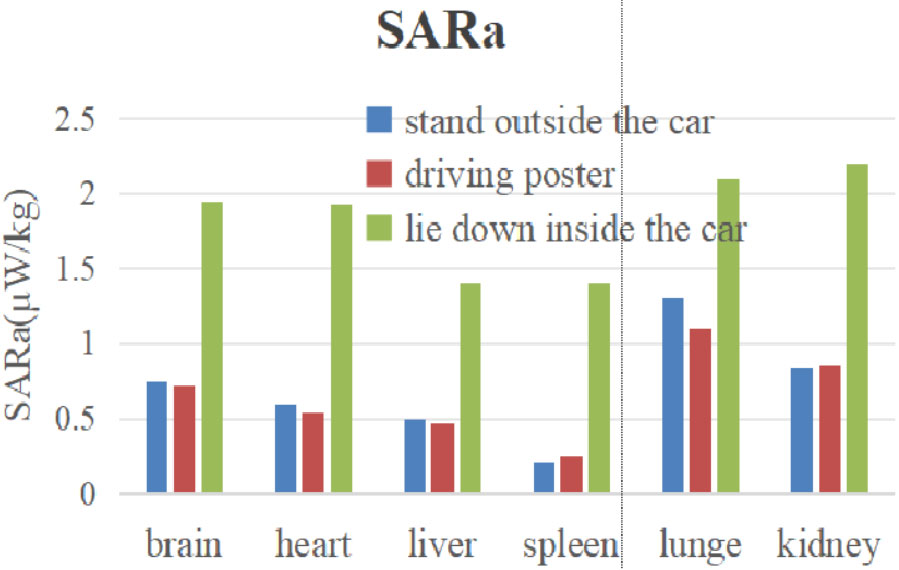2024-09-29 Latest Published
By Min Chen
Lian Shen
Yifei Hua
Zijian Qin
Huaping Wang
Progress In Electromagnetics Research Letters, Vol. 122, 101-105, 2024
Abstract
Single-photon sources with high repetition rates have been a focal point of modern research for decades. However, their application in underwater environments is significantly limited due to the absorption properties of water, which hinder the propagation of most optical wavelengths. This study addresses the challenge by reporting on-demand single-photon extraction suitable for underwater quantum communication. The use of plasmonic nanoantennas can significantly enhance the spontaneous emission of single-photon sources. Nonetheless, a primary challenge is the nanoscale guiding of emitted photons in underwater environments. To overcome this, a more sophisticated design is required to enhance photon emission and achieve momentum matching with water. Here, we present a topology-optimized design of underwater plasmonic nanoantennas to mitigate these limitations. The nanoantenna consists of an optimized gold pattern and a silicon nitride substrate. Consequently, the normalized extraction decay rate (γe⁄γ0) can reach 4.02 at a wavelength of 517 nm, which is within the blue-green spectral range, when using an objective lens with a numerical aperture of 0.6 (cross-section angle of 26.7°). The proposed design approach for plasmonic nanoantennas is versatile and holds promising potential for various applications, particularly in advancing single-photon technologies for quantum communication.














